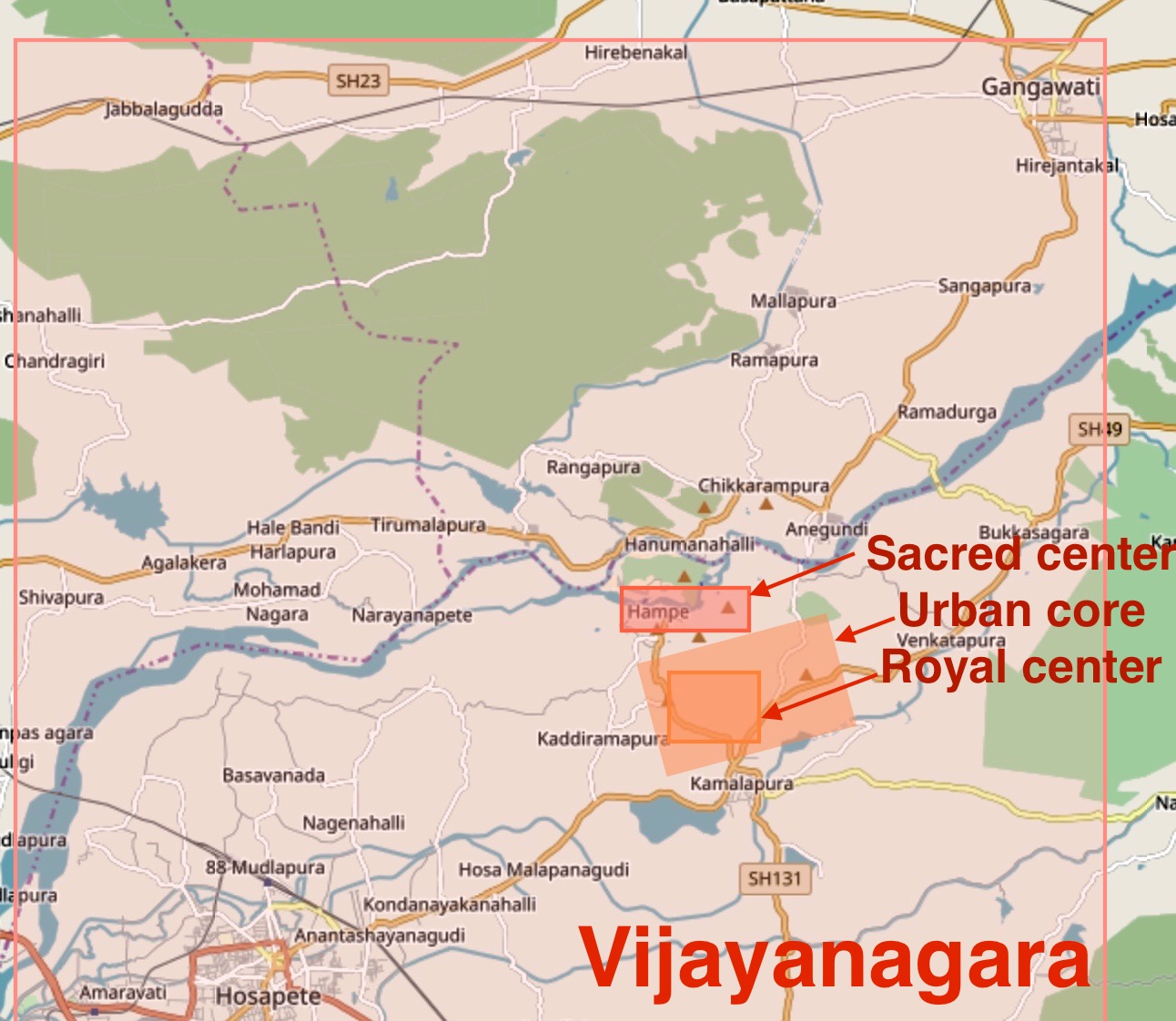Hampi, nestled in Karnataka's Vijayanagara district, stands as an extraordinary testament to the grandeur and sophistication of the Vijayanagara Empire. This remarkable site, mentioned in ancient Hindu texts as Pampa Devi Tirtha Kshetra, transcends its role as mere ruins to embody the pinnacle of medieval Indian civilization. What began as a sacred site evolved into one of the world's most magnificent cities, leaving an indelible mark on the cultural landscape of South India.
The origins of Hampi trace back to the 7th-8th centuries under Chalukyan rule, when it was known as Pampapura, named for the goddess Pampa, an incarnation of Parvati. However, its transformation into a center of power began in the 14th century with the establishment of the Vijayanagara Empire by brothers Harihara and Bukka. Legend tells of their inspiration from the sage Vidyaranya, who guided them to establish a Hindu kingdom as a bulwark against the expanding Muslim sultanates of the north, marking the beginning of an era that would see Hampi rise to unprecedented heights of glory.
Under the Vijayanagara rulers, particularly during Krishnadevaraya's reign (1509-1529), Hampi flourished as a metropolis of unparalleled splendor. The city became a thriving hub of commerce and culture, drawing merchants from distant lands including Persia and Portugal. Portuguese traveler Domingo Paes, awestruck by its magnificence, described it as "the best-provided city in the world." The bustling bazaars, grand temples, and opulent palaces he witnessed painted a picture of a city at the height of its prosperity, where wealth flowed as freely as the waters of the Tungabhadra River.
The architectural legacy of Hampi represents a masterful synthesis of styles, predominantly Dravidian with subtle Islamic influences in its secular structures. The city's builders demonstrated remarkable ingenuity in their use of locally available granite, employing an sophisticated interlocking technique that eliminated the need for mortar. This engineering marvel ensured the durability of structures that have withstood centuries of exposure to the elements. The precision of stone cutting and the intricate detailing, particularly visible in the softer schist elements, showcase the extraordinary skill of the artisans who worked here.
At the heart of Hampi's sacred landscape stands the Virupaksha Temple, an enduring symbol of the city's religious significance. Its towering gopuram serves as a landmark visible throughout the ancient capital. The Vittala Temple, with its celebrated stone chariot and musical pillars that emit different musical notes when struck, represents the zenith of Vijayanagara architectural achievement. The Royal Center, deliberately separated from the sacred precinct, houses remarkable structures including the Mahanavami Dibba and the Queen's Bath, reflecting the sophisticated urban planning principles of the era.
The cultural vibrancy of Hampi extended far beyond its architectural marvels. The city fostered an environment where various traditions and beliefs coexisted harmoniously, with Hindu and Jain influences evident in its art and architecture. The Vijayanagara rulers were passionate patrons of the arts, attracting scholars, artists, and performers from across the subcontinent. The distinctive Vijayanagara style of painting flourished during this period, while the annual Mahanavami festival showcased the empire's cultural richness and military might to visitors from far and wide.
The city's golden age came to an abrupt and violent end in 1565 following the devastating Battle of Talikota. A coalition of Deccan sultanates overwhelmed the Vijayanagara forces, leading to the systematic destruction of the city. For centuries afterward, Hampi lay forgotten, its magnificent structures slowly succumbing to nature's embrace. The site's rediscovery and documentation by British officials like Colin Mackenzie in the 19th century marked the beginning of its modern historical appreciation.
Today, Hampi stands proudly as a UNESCO World Heritage Site, drawing visitors from around the globe to marvel at its ancient wonders. The Virupaksha Temple continues as an active center of worship, maintaining an unbroken religious tradition spanning centuries. Modern conservation efforts strive to preserve these invaluable monuments while managing the challenges of increasing tourism. The surreal landscape, where ancient ruins emerge from a sea of granite boulders, creates an otherworldly atmosphere that continues to captivate visitors, offering them a glimpse into one of history's most remarkable civilizations.







